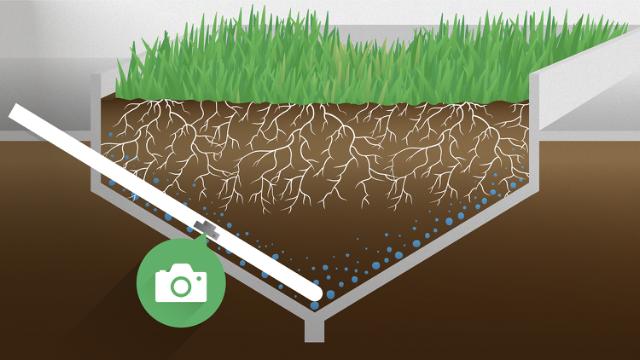
Roots
Changing environmental and climatic conditions challenge your forage production. Grasses that can better handle spring and early summer drought will result in a healthy and high yielding crop.
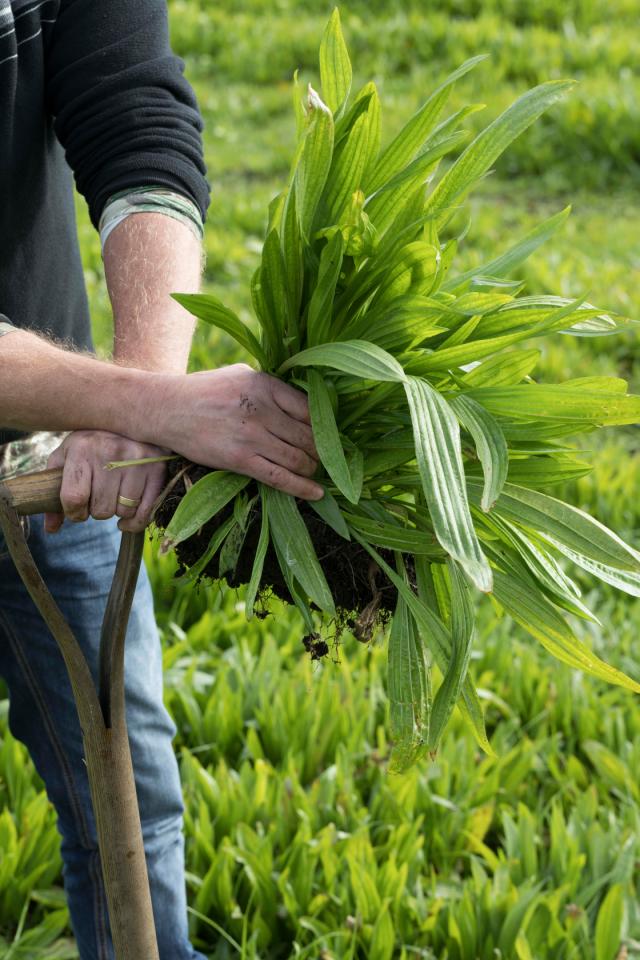
What if we said, you can easily get a more profitable business? Choose our state-of-the-art forage grasses and crops to get higher yields and maximise milk and meat output without increasing input costs. Or choose support the environment, wildlife, and soil conditions with our environmental seeds and cover crops.

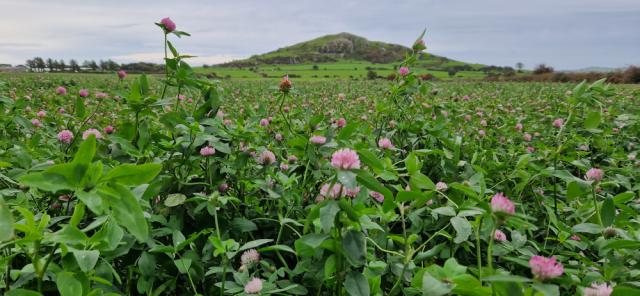
High milk or meat yields are essential for running a profitable farm. The key to this is to keep your herds well fed with home-grown forage. With best in class ForageMax mixtures you increase the nutritional value of your forage and silage.
HF Seeds has been at the forefront of seed breeding technology for over 60 years. This long and successful pedigree has grown over the years as generations of farming families come to trust the HF Seeds brand as the foremost range of grass mixtures that are available.
We're not just about grass at DLF. We supply a range of other feed and commercial crops that support farm profitability. Your Countryside is our diverse range of species and choice of specialist mixtures, bringing Game Cover, Environmental Stewardship, Root Crops and Cover Crops, together in one comprehensive catalogue.
Agricultural & Specialist Seeds Team:
Telephone: 01506 894820
Email: forage@dlf.co.uk

Changing environmental and climatic conditions challenge your forage production. Grasses that can better handle spring and early summer drought will result in a healthy and high yielding crop.
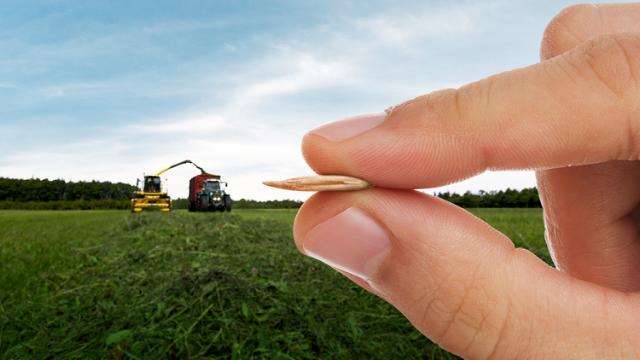
Higher forage quality. Excellent tolerance. Better yields. There are plenty of great reasons to give the green light to PLUS grasses.
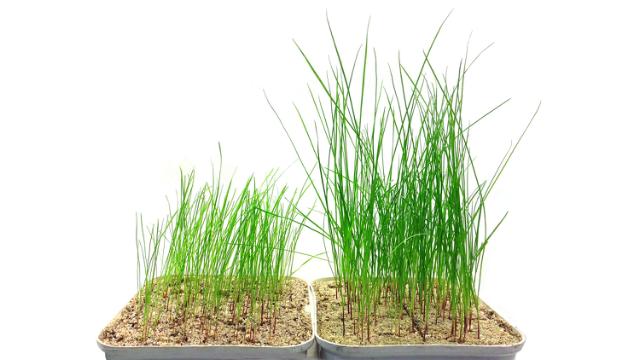
Everybody needs good nutrition to grow. Grass seeds are no exception. That’s why we send our ProNitro® coated seeds into the world with a packed lunch full of nitrogen that will fuel germination and growth.

Our top quality grasses labeled as DLF Fiber Energy improve nutritional intake. The result is more milk and/or meat yields and at the same time a reduced climatic impact.
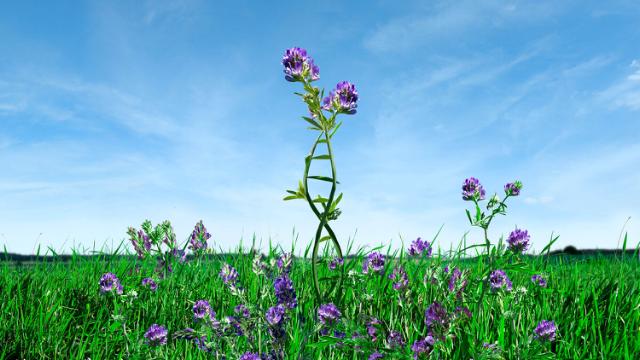
High drought tolerance, excellent yield with a high protein content and not least a natural nitrogen source. The reasons for choosing DLF Alfalfa are manyfold.

Our top quality grasses labeled as DLF Fiber Energy improve nutritional intake. The result is more milk and/or meat yields and at the same time a reduced climatic impact.
Scotland’s agricultural sector is preparing for substantial changes as Scottish Government introduce revised greening rules, coming fully into effect on 1 January 2026. These updates mark an important step toward strengthening environmental sustainability whilst recognising the crucial role Scottish farmers play in managing the nation’s land. The new framework seeks to balance agricultural productivity with enhanced ecological responsibility. At a time when farming is often scrutinised for its environmental footprint, Scottish farmers continue to demonstrate leadership and innovation in adopting practices that support biodiversity, protect soils, and build climate resilience. The 2026 measures aim to expand habitats for wildlife, increase carbon sequestration, and reduce soil erosion — ensuring that Scotland’s landscapes remain productive and environmentally robust for generations to come.
The 2025 autumn season has brought exceptional demand for grass seed, with stocks moving quickly and shelves clearing earlier than anticipated. This surge in uptake has come well before the traditional spring season and underlines the importance livestock farmers continue to place on grass as the foundation of feed and forage systems.
The Ecological Focus Areas (EFA) Guidance page provides clear information on the requirements, options, and actions farmers must follow to comply with the Scottish EFA scheme. As part of the wider Greening rules, EFAs are designed to enhance biodiversity, protect natural resources, and promote environmentally responsible farming. Farmers with eligible arable land are required to dedicate a proportion of it to EFAs, which may include hedges, buffer strips, fallow land, catch crops, or nitrogen-fixing crops. This page outlines the different EFA options, their qualifying criteria, and practical steps for compliance, helping you meet your obligations while supporting sustainable land management in Scotland.